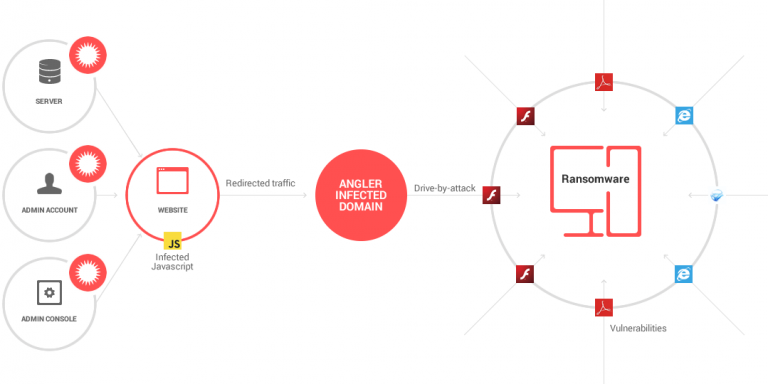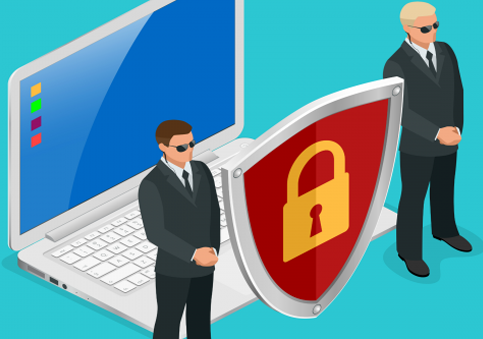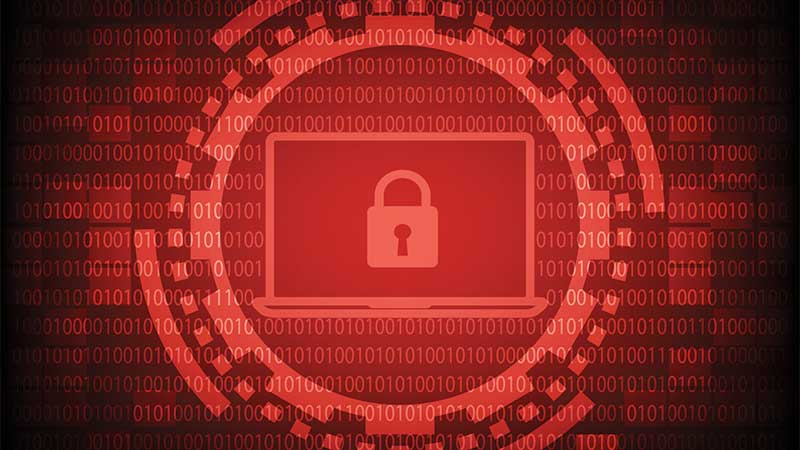How Fast Does Ransomware Work?
Updated on October 10, 2022, by Xcitium

It is no longer news that ransomware is presently one of the most troublesome and challenging issues malware threatening businesses and individuals. Ransomware attacks in the United States alone cost businesses over $7.5 billion in 2019.
The most recent ransomware attacks—and one of the most devastating in recent history was the WannaCry worm which ultimately infected over 200,000 computers across 150 nations within four days. Estimates of damages exceeded $1 billion, taking into account service outages, data loss, disrupted operations as well as recovery.
This goes to show how destructive ransomware can be within a short period. The painful part is that there is no sign of slowing down. Cybercriminals can easily purchase malware on the dark web, thereby making ransomware-as-a-business a booming business today.
How Does Ransomware Work?
Once the ransomware malware penetrates your computer, the attack takes effect almost immediately. However, there are cases where the malware may hide on a victim’s computer for a long time—looking for essential data to encrypt.
Once the malware finds a victim’s essential data, it encrypts files and all important documents on the infected system, thus rendering them inaccessible. Unlocking these files requires the use of a decryption key, and the only way to get it is by paying the ransom demanded. Paying this ransom, however, does not guarantee the encrypted files will be unlocked. Yet, many ransomware attacks have seen the attackers lifting the restriction after the payment.
Other variants of ransomware do not encrypt files but may disable access to them. In some cases, the malware may alter the behavior or action of an application or a file. Whichever is the case, you will definitely know that your PC or device is infected because ransomware usually comes with a ransom note which will be displayed on your screen. The note will ask you to pay a particular amount of money, generally in virtual currency or Bitcoin.
How Fast Ransomware Works?
You may be wondering how fast ransomware works to have caused such devastation within a short period. In-depth and meticulous research has revealed that the average time it takes for ransomware to start encrypting the files in your PC or network is only 3 seconds.
That is to say, as soon as you download that shady eBook or run that malicious macro, your files have started encrypting even before you think up the great idea of taking your PC to the IT helpdesk.
Within that precious time-frame, several destructive tasks would have taken place which renders you helpless and utterly incapable of doing anything.
The Impact Of Ransomware
The impact of ransomware on businesses and organizations around the world is one of shocking disbelief. Not less than 966 organizations in the education, government, and healthcare sectors were attacked with ransomware in 2019, according to reports. This has resulted in potential damages averaging over $7.5 billion.
Moreover, recovery costs from a less-than-severe Ransomware attack during the first quarter of 2020 more than doubled. But there is more than these growing numbers which require your undivided attention.
Cybercriminals are becoming even more brazen with access to malware variants that can steal data as well. These bad actors then threaten to expose the stolen data if the victims do not pay up as soon as possible.
These fear and scare tactics have convinced many organizations that paying a ransom is a small sacrifice compared to what may occur if their secrets are exposed and their brand reputation ruined. And this line of thought is precisely what encourages such malware attacks in the future.
Preventive Measures
You can take preventive measures against Ransomware attacks by ensuring all software on your system is patched with the latest updates. Make sure all your firewalls are correctly configured and ensure you keep regular backups.
Your staff must also be trained always to be wary of potentially harmful files and not to open malicious emails or click links from unrecognized sources.
And organizations should not hesitate to engage the services of trained cybersecurity professionals that will help them test their defenses from time to time.
Security systems like antiviruses/anti-malware programs can also help you detect and block ransomware and other malware from entering your system. Also, you should invest in advanced security systems to block advanced threats that may bypass antiviruses/anti-malware.
Conclusion
Cyber threats are evolving so rapidly, and you have to put up the best measures to keep your data secured. Ensure your software is up-to-date, be careful of attachments from unrecognized sources, and keep regular backups.












